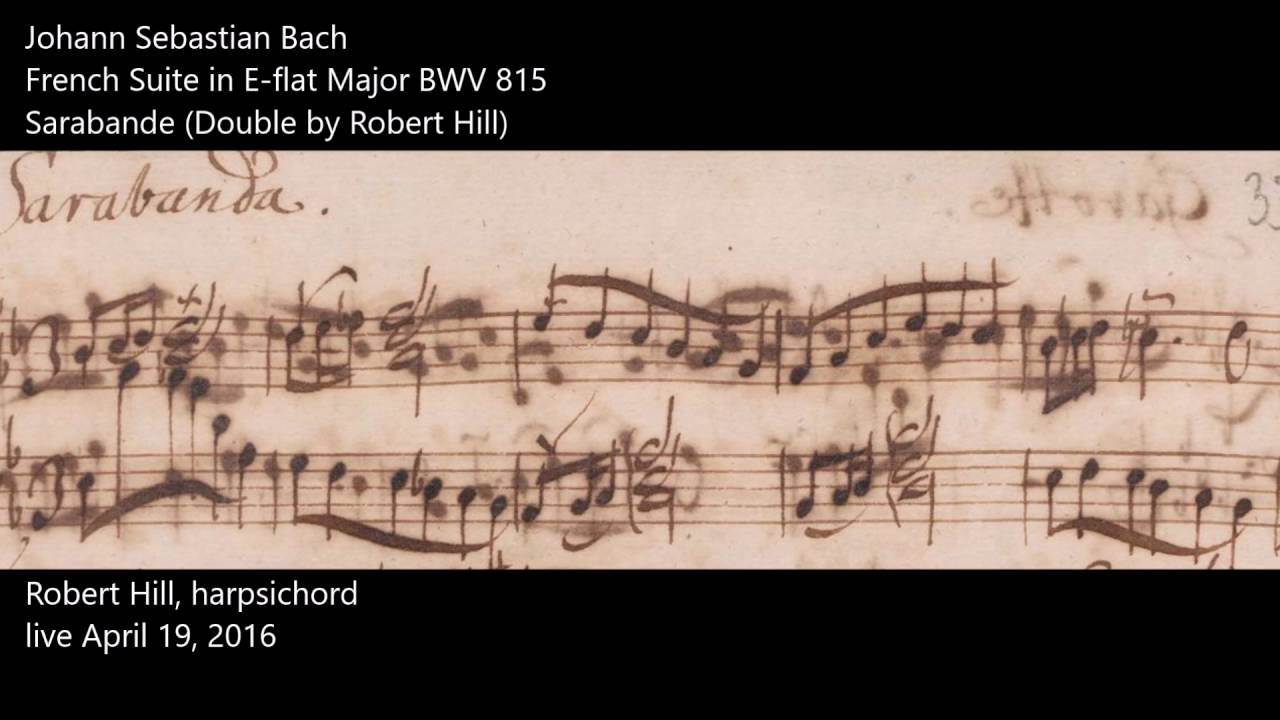I’ve done a bit more hunting and easily found several more examples, from which I conclude that it’s not really a rare phenomenon.
Here’s my list to date, including examples already submitted here:
BWV733 {Fuga sopra Magnificat}, m.51 {1st quarter-note} c-d-e;
BWV904 {F&F in a}, m.83 {4th eighth-note} g-a-b;
BWV610 {Orgelbüchlein: Jesu, meine Freude}, m.4 {2nd quarter-note} c-d-eflat;
{already mentioned:
- BWV539, prelude in d, m.30 g-a-b;
- BWV797, sinfonia #11 in g, 2 bars before the end g-a-bb;
- Art of Fugue, Contrapunctus I, bar 55 d’-e’-f’ {{CdV}};
- The second movement “Largo e dolce” of J.S. Bach’s sonata for flute and harpsichord in B minor BWV 1030 […]: in the last bar of the first section (bar 8), both 1st and 2nd time, the harpsichord r.h. plays e’-a’-b’ while the flute plays an appoggiatura c#". {{CdV}}
I hunted where I thought I might find examples. A more thorough systematic search would surely find many more. I have no idea whether it’s significant that all of these examples are in minor keys; some of the stacks contain 2 whole steps, but some have 1 whole & 1 ½ step. If there’s a ½ step, it’s the upper of the 2 in all of these examples.
Regards,
Dale
